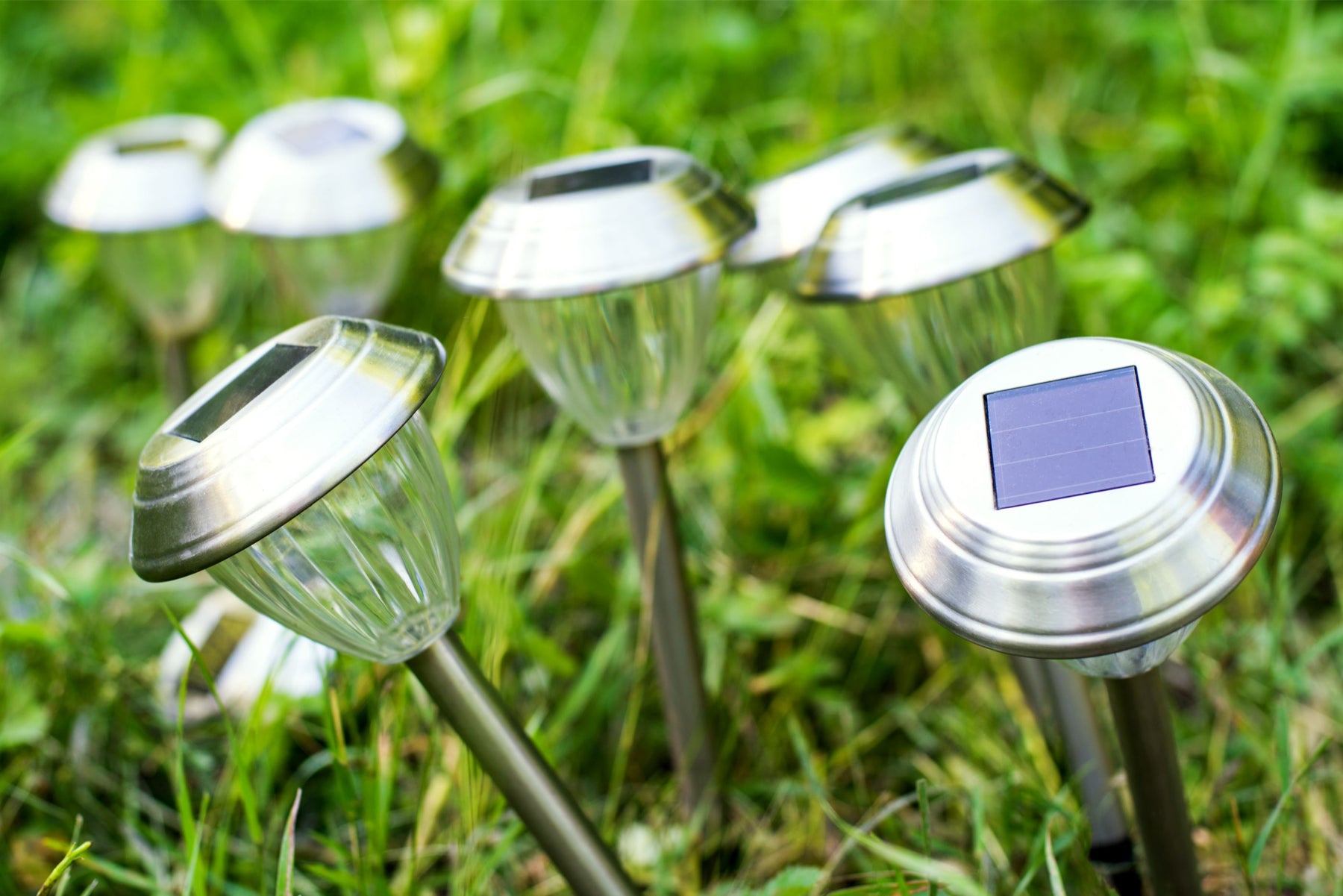
The Components of Solar Pathway Lights and How They Work Together
Have you ever wondered how solar pathway lights can shine brightly and consistently, even without any external power source? The answer lies in their innovative design and the intelligent use of solar energy. In this post, we will take a closer look at the components of outdoor solar pathway lights and how they work together to deliver reliable and eco-friendly lighting for your outdoor spaces. From solar panels to rechargeable batteries, from LED bulbs to light sensors, we will explore each element of this fascinating technology and show you how they interact seamlessly to provide a hassle-free lighting solution.
Whether you're a homeowner, a gardener, or a sustainability enthusiast, understanding the inner workings of solar pathway lights can help you make informed decisions about your outdoor lighting needs and contribute to a greener and brighter future for all. So, let's dive in and discover the magic behind these illuminating wonders!
Solar Panels – The Power Generator
At the heart of every solar pathway light is a small photovoltaic (PV) panel that converts sunlight into electricity. This power is then stored in a rechargeable battery, which provides the energy needed to light up your pathways and other outdoor areas at night. Since most modern solar panels are designed to be highly efficient and durable, they can easily handle the daily charge-discharge cycle that occurs during a typical day.
Rechargeable Batteries – The Energy Storage Unit
The rechargeable battery is an essential component of solar pathway lights as it stores the energy generated by the solar panel. This stored energy is then used to power the LED bulbs, providing steady illumination throughout the night. Modern rechargeable batteries are usually made of high-quality lithium-ion cells, which allow them to maintain their charge for a more extended period and provide reliable performance in all kinds of weather conditions.
LED Bulbs – The Illuminating Element
Solar pathway lights typically use small but powerful LED bulbs, which provide a bright and consistent beam of light in various shades, ranging from warm white to vibrant hues. LEDs are energy-efficient and can last up to 50,000 hours of continuous use. They also generate very little heat, meaning your outdoor lighting system won't heat up during summer.
Light Sensors – The Smart Technology
Solar pathway lights also employ sophisticated light sensors that detect the amount of available sunlight and automatically switch on/off depending on the current lighting conditions. This great feature lets you enjoy your outdoor spaces without worrying about manually changing the lighting system's settings daily.
Control Circuitry – The Intelligence
The control circuitry is the final key component of solar pathway lights. This sophisticated system monitors and regulates all the other components, ensuring that each element works perfectly in harmony. It also helps to protect against power surges and other possible faults.
These are the main components of solar pathway lights, but many other minor elements also contribute to their overall performance. By understanding how each element works together, you can ensure your outdoor lighting system is always running at its best and providing reliable illumination for your pathways and other areas. Whether you're just starting out or already have an established setup of solar pathway lights, this post has given you more insight into the technology and inspired you to find creative ways to bring light into your outdoor spaces.
Conclusion:
Solar pathway lights are a fantastic technology that provides beautiful, energy-efficient lighting solutions for your home or garden and helps reduce our dependence on traditional electricity sources. Understanding how each component works together can ensure the most efficient performance and get the best possible results from your solar lighting system. You can find the perfect solar pathway lights for your outdoor space with research and creative thinking.
